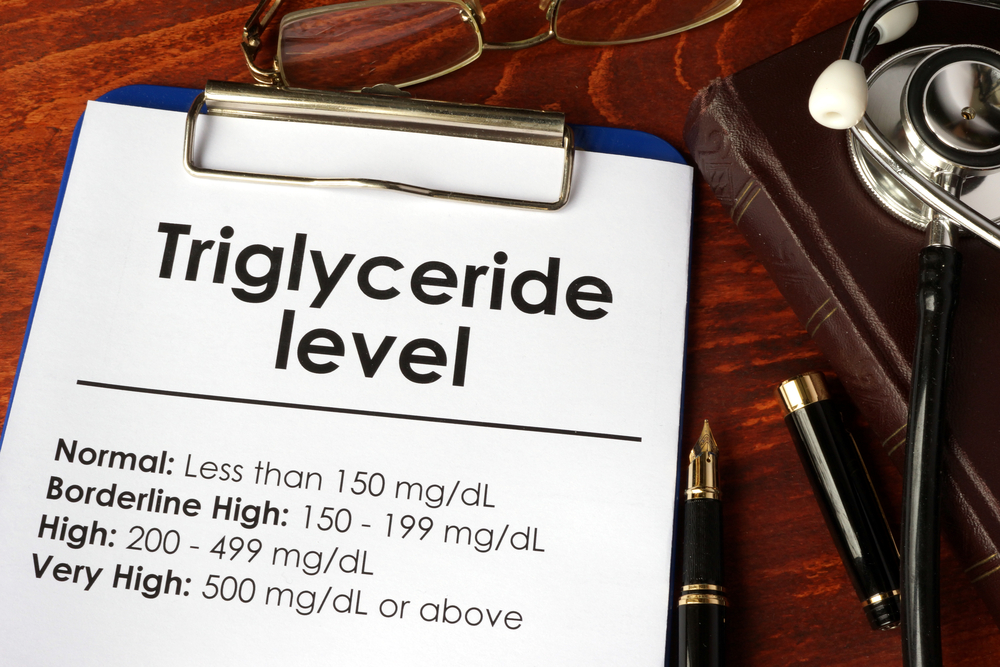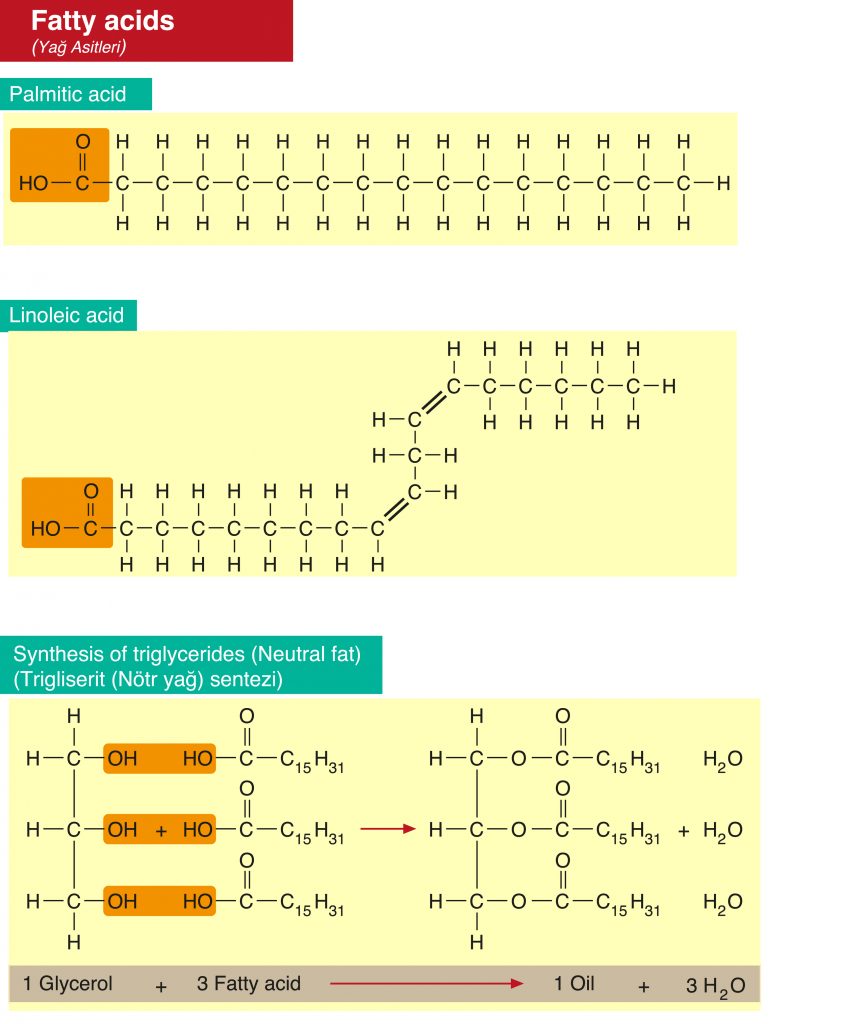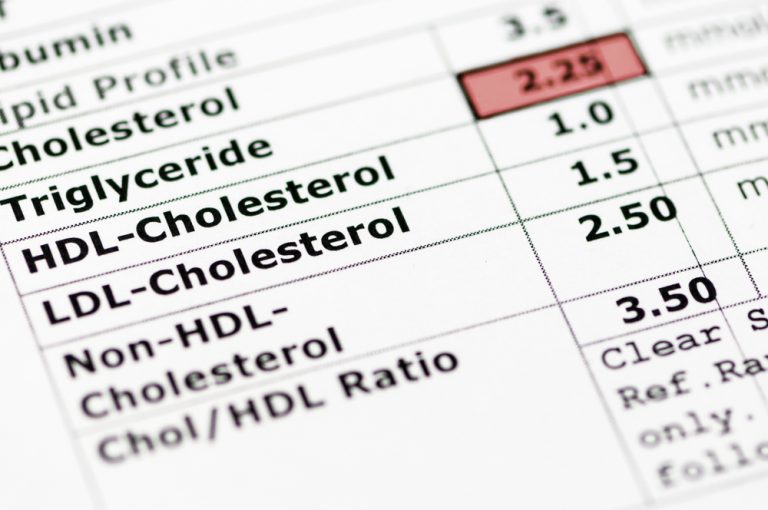You keep an eye on your cholesterol, but do you care for triglycerides level? You don’t have to eat fat to have an elevated level of them. Even eating common sweets regularly can lead to such an issue. Today we present a diet that will keep triglycerides level intact.
When do you need a diet which will fight elevated triglycerides level?
Triglycerides (triglycerides) is an organic fatty substance (lipid), which is the largest energy storage in the body. We eat them with animal and vegetable fats. In addition, they are produced in the liver from fatty acids and carbohydrates, mainly simple ones.
If you eat greasily, often reach for sweets, even non-fatty ones, or regularly drink alcoholic beverages, then the excess energy coming from them is converted into triglycerides, which the body stores in fat cells. Everyone needs a certain amount of triglycerides to stay healthy and function normally. As with cholesterol, only the excessive amount of them is dangerous.

Why is high triglyceride levels dangerous?
Excess triglycerides lead to obesity, diabetes, heart disease and cardiovascular disease. Small fat globules harm your heart and liver. Like other fats, triglycerides do not dissolve in water. Therefore, they circulate in the blood in combination with the proteins produced by the liver, forming complex compounds - lipoproteins. They are in the form of small fat globules surrounded by proteins. VLDL lipoproteins contain the most triglycerides, while LDL and HDL lipoproteins are mainly cholesterol carriers.
Triglycerides and cholesterol
Excessive triglyceride levels (hypertriglyceridaemia) are usually seen in obese people. This increases the risk of atherosclerosis and ischemic (coronary) heart disease. Insulin resistance and type 2 diabetes often go alongside those. Atherosclerosis develops faster when elevated triglyceride levels are accompanied by a reduction in good HDL cholesterol.
However, the worst situation is for those with both elevated triglycerides level and an excessive amount of bad cholesterol (low-density fraction of it). High triglyceride levels with low total cholesterol are most often the result of too little enzyme that converts VLDL fractions to further metabolites. This usually affects people with diabetes. Hypertriglyceridaemia (mainly above 500 mg/dl) leads to inflammation and damage to the pancreas and fatty liver disease.

Elevated triglyceride levels - causes
Most often, we are funding too high levels of fat in our blood by ourselves. When family tendencies are imposed on dietary mistakes, the risk of lipid disorders increases. Common, modern unhealthy lifestyle even further increases the problems. We have been overfeeding since we were a child and we are getting bad eating habits with it.
The excess energy is affected by excessive fat and sugar consumption as well as lack of exercise. Meanwhile, less and less often we force our muscles to work. That is why the body cannot cope with fat metabolism. The energy supplied to the cells should be used for it to function flawlessly. The way we live makes this closed circle break out. As a result, the amount of fat in the body exceeds the norm.
How to lower triglyceride levels? Low-calorie diet and exercise
The basis of a healthy lifestyle is to reduce simple carbohydrates part in a diet and increase physical activity. Avoid products that contain sugar - they increase the production of VLDL carriers of triglycerides. Give up alcohol, including red wine and beer, as they increase triglyceride levels. Eat a lot of vegetables and fruits.
With hypertriglyceridemia, a low-fat diet should be used(fats should constitute 30-35% of energy). However, be careful not to exceed the standard. The type of fat is important. Avoid fatty meat, lard, butter, full-fat dairy products. Replace animal fats with the vegetable counterpart, remembering that the total amount should not exceed 2 tablespoons a day. Don’t regret eating greasy sea fish (mackerel, salmon, herring, halibut) - they contain omega-3 fatty acids that lower triglyceride levels and increase good cholesterol.
It is worth knowing that hypertriglyceridemia is often accompanied by HDL deficiency. If you don’t like fish, consider supplementation with your doctor, e.g. supplement good quality fish oil supplement. If you also have elevated total or bad cholesterol, you must reduce your fat intake as directed by your doctor. People with diabetes, hypothyroidism, pancreas or kidney disease, in addition to triglycerides, should treat the underlying disease.
Check your lipid levels regularly
It is best to determine the lipid profile - it consists in determining the level of total cholesterol, its LDL and HDL fractions and triglycerides in the blood. Only on the basis of all results can you assess the actual fat metabolism. The first measurement should be taken around the age of 20. If the result is in the norm, repeat the test every 5 years. Women over 50 and men over 45 should take a lipogram every year. If the result deviates from the norm, further analyses should be done as directed by the doctor.






